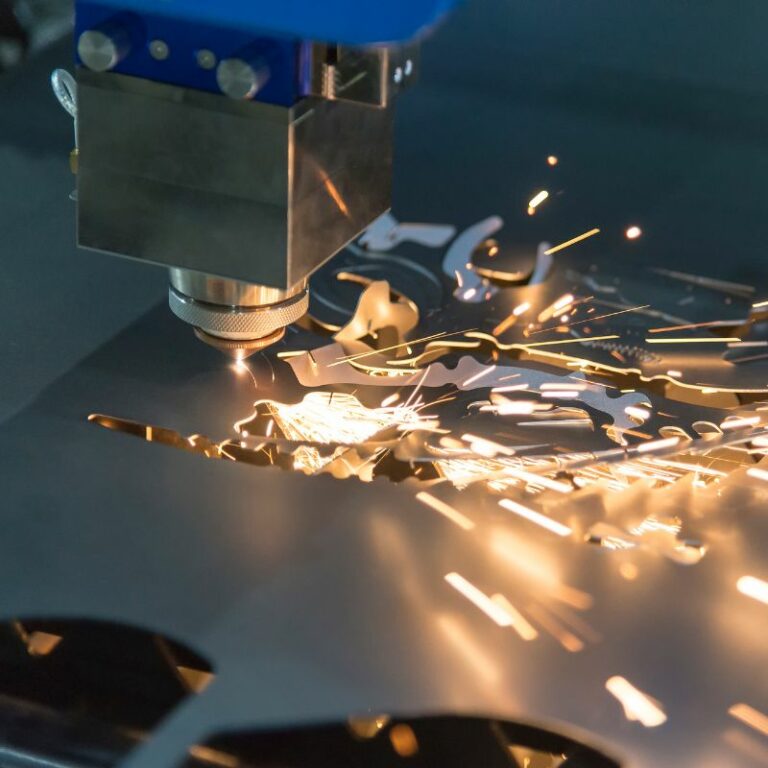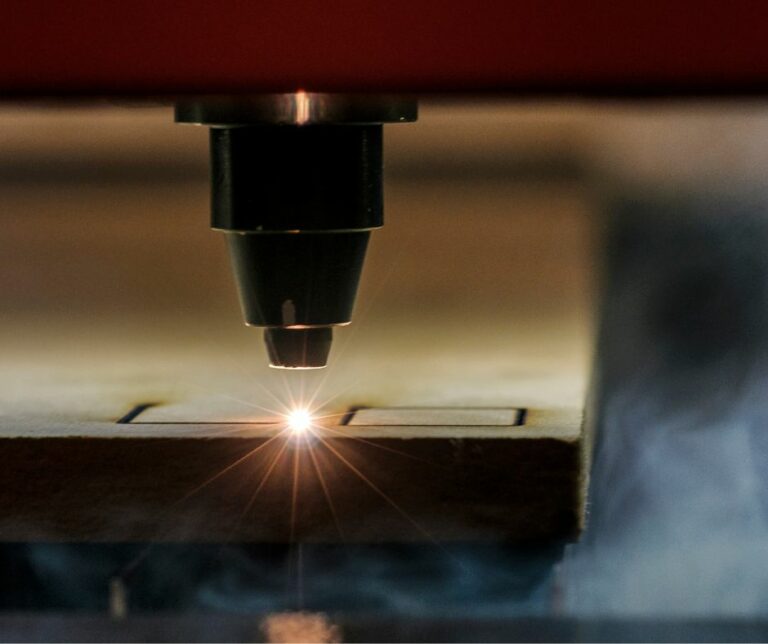
In recent decades, laser cutting technology has emerged as a formidable force in the world of manufacturing, laser technology has revolutionized the way industries process materials, produce components and achieve complex designs with great precision. The incorporation of laser cutting into many industrial applications has ushered in a new era of efficiency and innovation. This article delves into the multifaceted effects of incorporating laser cutting in the various industries.
The evolution of laser cutting in the industry, precision efficiency and innovation
Laser cutting, initially developed for scientific and military purposes, quickly found its way into industrial applications due to its high precision, versatility, and minimal waste of materials. Over time, the progress in laser technology, including the development of different laser sources (CO2 laser, fibers, and diodes) expanded the scope of work with the laser, and allowed civil industries to laser cut a wide variety of materials, including metals, plastics, ceramics, and other composite materials.
The advantages of combining laser cutting in the various industries
Maximum accuracy:
Laser cutting is known for its precise and clean cutting. Computer controlled laser systems enable complex cuts and complex designs. The use of the laser also does not require processing after cutting and guarantees high quality finished products.
Economic and environmental efficiency:
Traditional cutting methods often result in significant material waste due to the path width of the cutting tool. Laser cutting minimizes material waste by optimizing cutting paths, leading to cost savings and environmental benefits.
Speed and efficiency:
Laser cutting is a non-contact process, which allows for high cutting speeds and minimal downtime for changing tools. This feature improves overall production efficiency and increases output capacity. Laser cutting systems can be easily adapted to different materials and geometries. This flexibility allows industries to create complex shapes and patterns that would have been challenging or impossible to make with traditional methods.
Automation and computer control:
are an integral part of laser cutting systems, which reduces the need for extensive manual work. This leads to saving on labor costs, improving employee safety, and reducing human errors.

Combining laser cutting in various industries
Automotive Industry – Laser cutting plays a crucial role in the automotive industry, where precision is paramount. From complex body panels to engine components, lasers are used to cut, engrave, and burn various materials.
The aerospace industry – in the world of aviation and space, where components must meet strict safety and performance standards, laser cutting ensures the precise production of aircraft parts, turbine blades and highly complex airframe structures. The ability of the technology to work with exotic materials gives an advantage especially in this area for laser cutting.
Electronics and Consumer Products – Laser cutting enables the production of complex designs on tiny electronic devices, electrical appliances, and other consumer products. The speed and precision of the technology allows the construction of high-quality and aesthetic components.
Medical and pharmaceutical sectors – laser cutting plays an essential role in the production of medical devices, with the help of laser cutting, complex components such as stents, catheters and other surgical devices are currently produced. Laser cutting does not require contact with the components and thus minimizes the risks of contamination and enables the production of precise medical devices without the risk of contamination along with maximum accuracy.
Challenges and future directions
Initial investment and training:
The integration of laser cutting systems requires a significant upfront investment in equipment and training for operators. However, the long-term benefits often outweigh these initial costs.
Material limitations:
While lasers can cut a wide variety of materials, some materials can be challenging due to factors such as reflectivity, thickness, and composition. Even today, research continues and focuses on expanding the variety of materials that can be effectively cut with lasers.
Maintenance and optimal performance:
Maintaining and calibrating laser cutting systems to ensure consistent performance can be complex. Laser cutting machines require regular maintenance and essential operator training to maximize system efficiency and machine lifespan.
Advances in laser technology:
The field of laser technology is developing rapidly, with continuous developments in laser sources, beam delivery systems, optics, and process monitoring. This progress holds the promise of further improvement in precision, speed, and versatility in cutting. Laser cutting technology has changed the face of industries all over the world.
We are at Morel Technologies provide laser cutting services for industry. We have the best laser cutting machines in the world together with first class operators. At Morel Technologies you will find laser cutting with uncompromising precision, quality, and professionalism.
For a consultation and price quotes, please write to us.